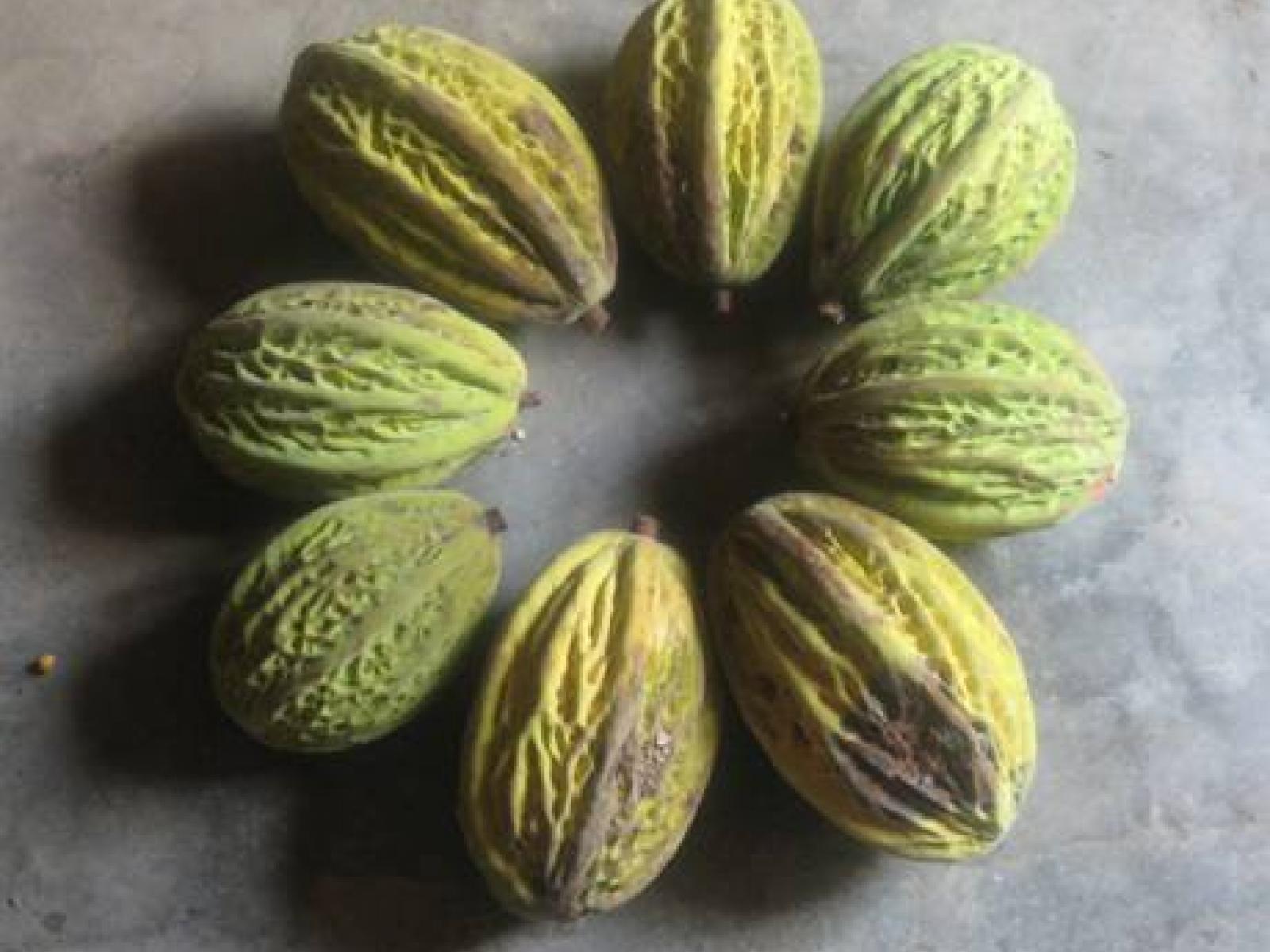An Overview Of Our Solution
- Population Impacted:
- Continent: North America
Organization type
Population impacted
Size of agricultural area
Production quantity
People employed
Describe your solution
Describe your implementation
External connections
What is the environmental or ecological challenge you are targeting with your solution?
Describe the context in which you are operating
San Felipe de León is located in the southeast part of the municipality of Valle Nacional, between 96° 20’ 40” and 96° 26’ 53” longitude West, and between 17° 40’ 26” and 17° 48’ 01” latitude North. The San Felipe de León ejido is made of of two villages: San Felipe de León and San Antonio Otate. The former is the municipal agency, and the latter is the police agency of Valle Nacional.
The official total population of both main villages and their surrounding areas in the year 2010 was 1,869. The largest proportion of the population (79.4%) is made up of children and elderly people: 48.7% are children and adolescents (0 to 14 years) and 30.7% are people over 50 years old.
The main cropping systems in the ejido are coffee, cornfields and non-timber forest species (land bromeliads and other products such as cacao, achiote, tepejilote palm and mamey). In recent years there have been farmer initiatives to grow timber or multi-use forest species such as cedar and mahogany. Also secondary crop systems like cassava, beans and different tubers like yam and sweet potato are very important for the subsistence livelihoods of the families.
How did you impact natural resource use and greenhouse gas emissions?
Language(s)
Social/Community
Water
Food Security/Nutrition
Economic/Sustainable Development
Climate
Sustainability
The economic sustainability relies on market-based revenue but also somewhat on government subsidies and grassroots or private grant funding. The cacao bean will be sold to conscious chocolate makers who want to pay fair prices, and the chocolate paste will be sold to innovative chocolatiers who want to experiment with exotic flavors. Bars will also be sold to conscious consumers who seek healthy and nutritious chocolate. Subsidies are also required to resume the process of training local promoters through workshops and scholarships. Other means are collective financing for particular needs such as package design or equipment, and the organization of agritourism around cacao and chocolate with general tourists or specialists
Return on investment
Entrant Banner Image

